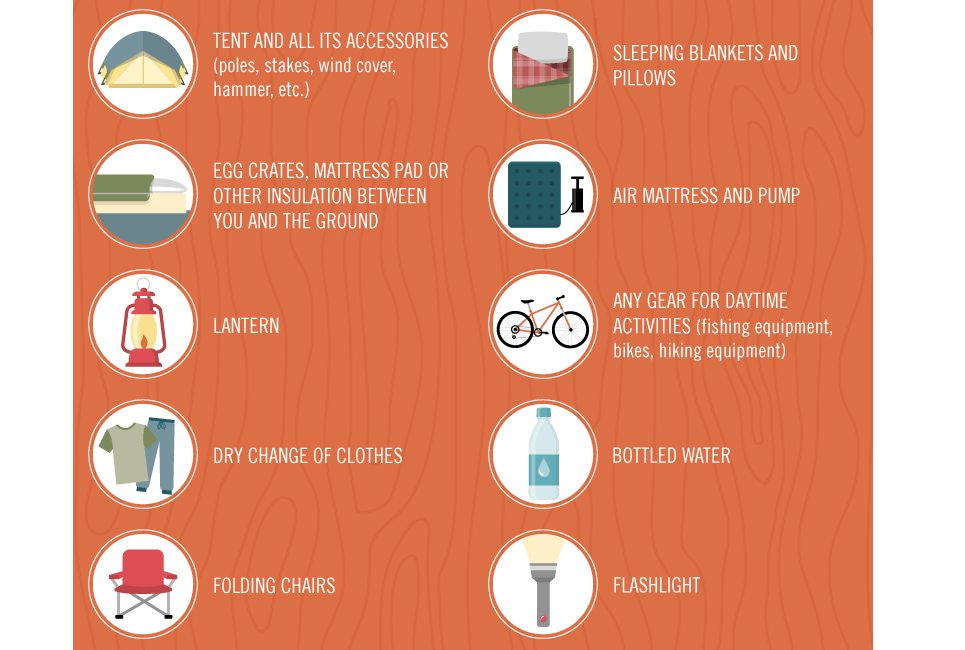Framework might look like a small detail, yet it's the skeletal system of your building. If it's done inaccurately, the entire framework is at risk.
Understanding one of the most common framework and truss layout blunders will assist building and construction professionals and DIY house owners prevent them. This will certainly ensure that the outcome is a risk-free and sturdy building.
1. Overlooking Lots Computations
Forgeting exact load calculations can cause a variety of architectural concerns, from sagging roofing systems to broken wall surfaces. It is vital to ensure that the appropriate computations are carried out by certified designers, thinking about dead and live loads and ecological aspects. By doing so, builders can decrease callbacks and enhance the durability of their job.
By focusing on meticulous preparation, adherence to engineering specs and finest techniques, and remaining up-to-date with sector standards, building and construction experts can remove a number of these framing errors and attain well-founded outcomes. Avoiding these common mistakes can help to ensure the safety and longevity of frame systems and structures, whether they are trusses or stick-built. By avoiding these mistakes, builders can be more confident that the structures they create will certainly withstand even the toughest weather conditions.
2. Selecting the Incorrect Materials
Framing may appear like a tiny part of constructing a structure, but it is the skeletal system that guarantees the overall framework's toughness. Thus, it is necessary to stay clear of mistakes when constructing the frame system.
One typical mistake includes choosing the wrong products for structure and truss construction. This can result in early degeneration and lowered load-carrying capacities. As a result, building contractors ought to speak with product distributors and engineering specialists to choose resilient and trusted mounting materials.
An additional usual framework mistake includes improper panel spacing. Plywood and OSB panels can diminish or broaden somewhat, and this change in wetness content should be permitted by leaving area between panels. When these areas are not left, the panels can split and bend over time, which will jeopardize the structure of the structure.
3. Neglecting Drywall Backing
Also the tiniest errors can have huge effects for framing systems. Nevertheless, the framework skeleton is essentially the foundation of the entire framework and the starting point for achieving the design vision. Making sure to prevent these mounting design mistakes will aid make certain a solid, stable structure and stop costly callbacks later.
While it might seem like a minor oversight, forgetting to set up drywall support is a major concern that can have a major effect on the project's last result. Drywall backers offer added support that avoids wall surfaces from drooping, buckling and damaging with time. While most understand the relevance of installing these additional support items, they can easily forget a section or more. Without them, drywall setup will be a lot more challenging and lengthy.
4. Not Checking the Studs for Crowns
While a stud may seem smooth, the fact is that there is likely a crown on every stud. This little bump causes a stud to warp or bend slightly, which can impact the portable shelter total framework structure and make it harder to put together walls. Unfortunately, some woodworkers forget to inspect the crowns in each stud prior to building wall surfaces, which can create an unequal wall surface and cause expensive structural problems down the line. Careful preparation, adherence to best techniques, and the involvement of certified specialists are important for effective timber framing tasks. Preventing these typical frame system mistakes will aid you develop a secure and protected building framework.
